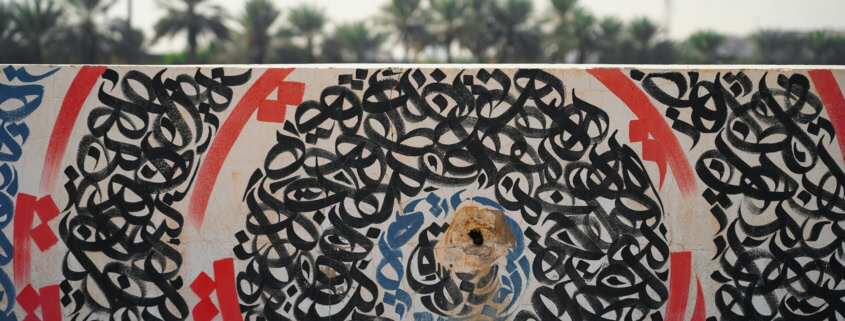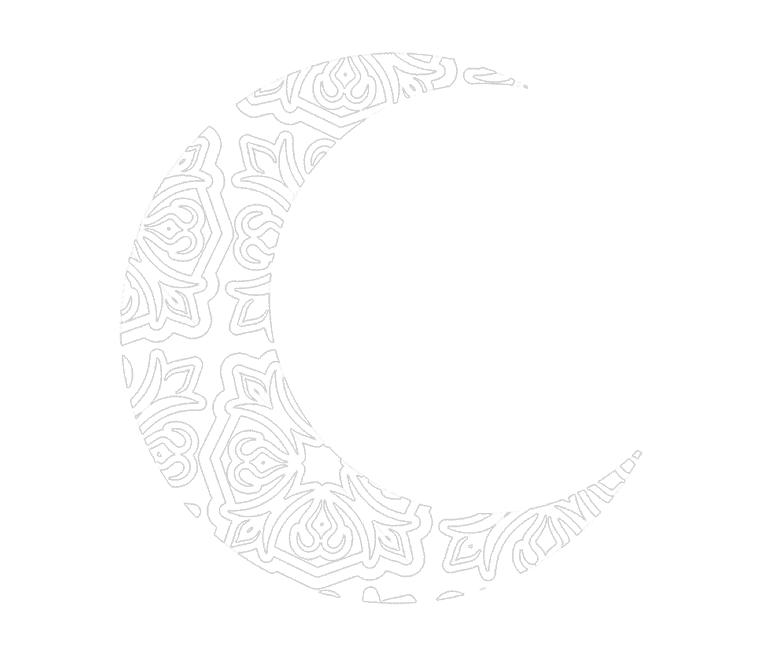Arab Art and Paintings: From Sacred Geometry to Contemporary Expression
Arab Art and Paintings: From Sacred Geometry to Contemporary Expression
1. Introduction
Arab art and painting encompass centuries of creativity, spirituality, and cultural identity. From the geometric perfection of early Islamic art to the emotionally charged canvases of modern Arab painters, this tradition reflects both continuity and transformation.
While shaped by Islamic principles such as aniconism (the avoidance of depicting living beings in sacred contexts) and tawhid (the unity of God), Arab art has also embraced innovation—merging abstraction, calligraphy, and symbolism to express a deeply human story of faith, heritage, and modernity.
2. Foundations of Traditional Arab and Islamic Art
The foundations of Arab art lie in the visual philosophy of Islam, where beauty is seen as a reflection of divine order. Artistic expression, therefore, aimed not at imitation of the material world but at representing the spiritual and infinite through design, repetition, and symmetry.
Key Elements
| Element | Description | Symbolic Meaning |
|---|---|---|
| Aniconism & Abstraction | Avoidance of living figures in religious art, focusing on abstract, geometric design. | Represents purity and detachment from materialism. |
| Calligraphy | The artistic rendering of Arabic script, especially Qur’anic verses. | Embodies the sacred power of the Word. |
| Geometry & Arabesque | Repetitive, mathematically precise patterns, often intertwined with vegetal motifs. | Reflects harmony, infinity, and divine perfection. |
Historical Context
-
Umayyad & Abbasid Eras (7th–13th centuries): Early frescoes and manuscript illuminations fused Greco-Roman, Sasanian, and Arab aesthetics.
-
Manuscript Painting: Artists like Yahya ibn Mahmud al-Wasiti illustrated literary masterpieces such as The Book of the Thousand and One Nights, capturing daily life and storytelling through vibrant colors and delicate detail.
-
Architectural Ornamentation: Palaces and mosques were adorned with mosaics, stucco reliefs, and ceramics featuring repeating geometric and vegetal motifs, emphasizing unity and transcendence.
3. Evolution into Modern and Contemporary Arab Art
The 20th century marked a turning point in Arab painting. With the fall of colonial powers and the rise of independent nation-states, artists began to explore new expressions of identity, heritage, and political consciousness—often fusing traditional forms with Western techniques.
Post-Colonial Renaissance
Following independence, Arab artists sought to redefine their visual identity, drawing upon ancient motifs, Arabic calligraphy, and folk traditions to assert cultural sovereignty and reject Western dominance.
The Hurufiyya Movement
One of the most distinctive artistic revolutions in modern Arab art, the Hurufiyya movement (from huruf, meaning “letters”) integrated Arabic calligraphy into abstract compositions.
Letters became visual symbols rather than linguistic ones—bridging spiritual tradition and modern aesthetics.
As described by The Hurufiyya Movement Encyclopedia Entry, this style represented a “reclaiming of identity through the Arabic letter,” blending modern abstraction with deeply rooted heritage.
Contemporary Arab Art
Today’s Arab artists explore an array of themes—war, displacement, gender, faith, and globalization—using diverse media such as installation, mixed media, and digital art. The goal is no longer merely aesthetic, but expressive and transformative.
4. Notable Arab Painters and Visionaries
| Artist | Country | Style & Themes |
|---|---|---|
| Mahmoud Said (1897–1964) | Egypt | Considered a pioneer of modern Arab art, blending Egyptian folk life with European modernism. |
| Princess Fahr El-Nissa Zeid (1901–1991) | Turkey / Jordan | Created large abstract works inspired by stained glass and Islamic geometry. |
| Dia Al-Azzawi (b. 1939) | Iraq | A leading figure of the Baghdad School of Art, merging calligraphy and Mesopotamian history to comment on war and exile. |
| Etel Adnan (1925–2021) | Lebanon / USA | Poet and painter known for abstract color fields reflecting landscape, memory, and migration. |
| Ahmed Mater (b. 1979) | Saudi Arabia | Combines art and science; known for Magnetism, a conceptual piece reflecting spiritual gravitation around the Kaaba. |
| Hayv Kahraman (b. 1981) | Iraq / USA | Explores identity, diaspora, and femininity through figurative painting and body imagery. |
Etel Adnan once wrote that “painting was another language,” and indeed, modern Arab artists have transformed visual art into a dialogue between past and present, faith and freedom.
5. The Cultural and Philosophical Essence of Arab Art
Arab art is not confined to a single school or aesthetic—it is an evolving dialogue that connects faith, intellect, and emotion.
Core Values
-
Unity in Diversity: Despite regional and stylistic differences, a shared sense of spiritual unity defines Arab visual culture.
-
Symbolism over Realism: Forms and colors serve symbolic purposes, often representing divine harmony, knowledge, and balance.
-
Interdisciplinary Inspiration: Literature, architecture, music, and poetry often influence visual art, creating a holistic cultural expression.
Global Influence
Institutions like the Museum of Islamic Art (Doha) and exhibitions across Paris, New York, Dubai, and Cairo have brought Arab art into global conversations, emphasizing its role in shaping contemporary world art narratives.
6. The Market and Global Recognition
Today, Arab art has found international acclaim. Masterpieces by Arab painters regularly appear in major auctions at Christie’s, Sotheby’s, and Art Dubai.
-
Works by Mahmoud Said and Princess Zeid have sold for millions, marking them among the most expensive Arab artists.
-
Contemporary voices like Ahmed Mater and Hayv Kahraman feature in global galleries and biennales.
-
The digital era has expanded access—platforms like Marsoum and Art Dubai Digital are reshaping how collectors engage with Middle Eastern art.
According to Scoop Empire, Arab artworks are increasingly viewed not just as regional treasures, but as global cultural investments that tell stories of endurance, identity, and innovation.
7. Conclusion
Arab art and painting are living testaments to a civilization that has thrived on balance—between the sacred and the sensual, the traditional and the modern.
From the geometric purity of Islamic ornamentation to the emotional abstraction of contemporary artists, this tradition continues to evolve, adapt, and inspire.
Ultimately, Arab art is not just seen—it is experienced. It speaks a universal language of spirituality, resilience, and beauty that transcends borders and generations.







